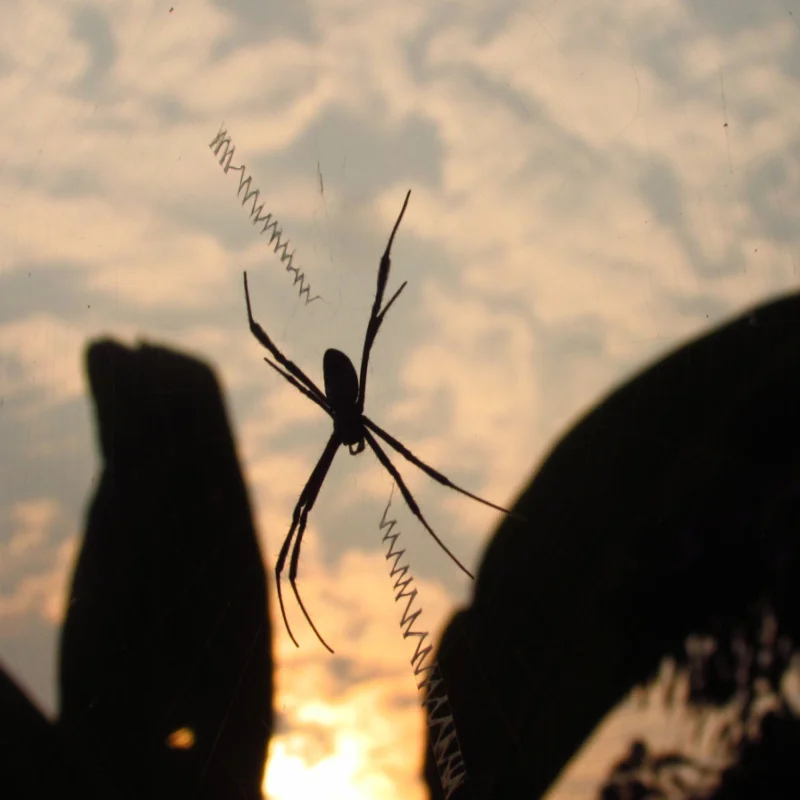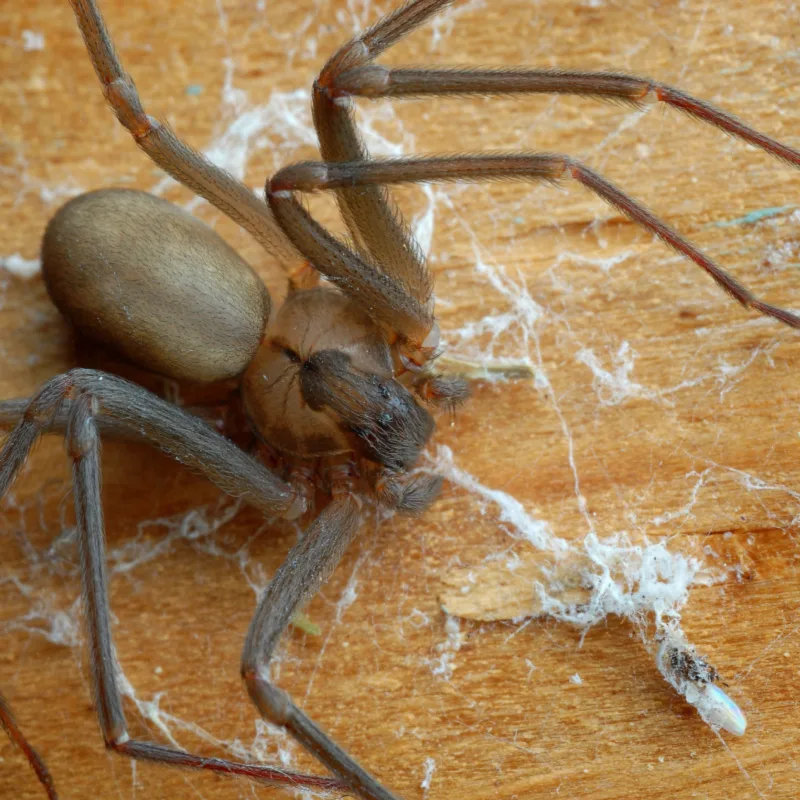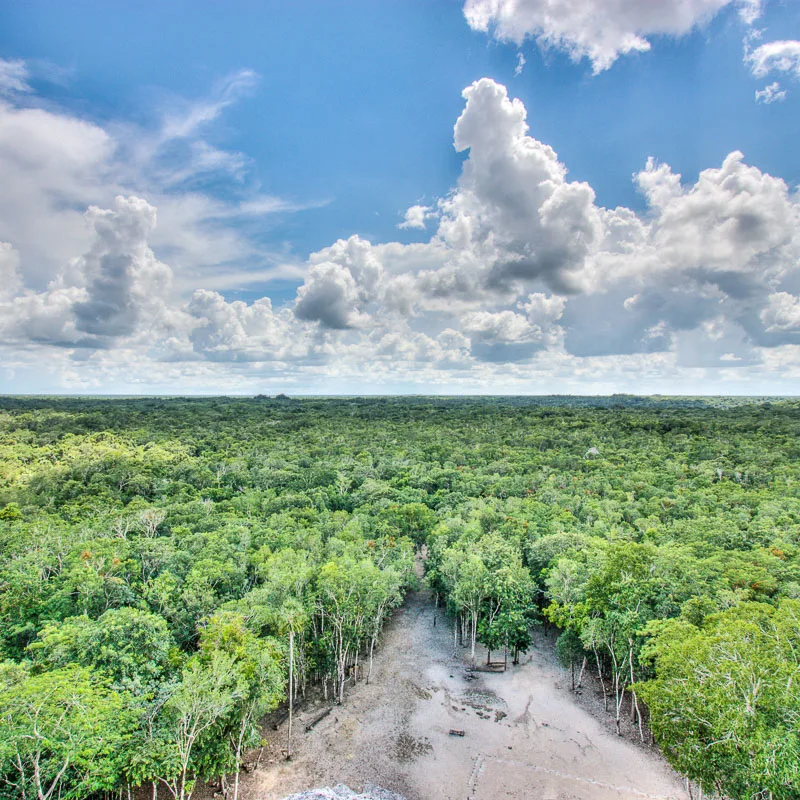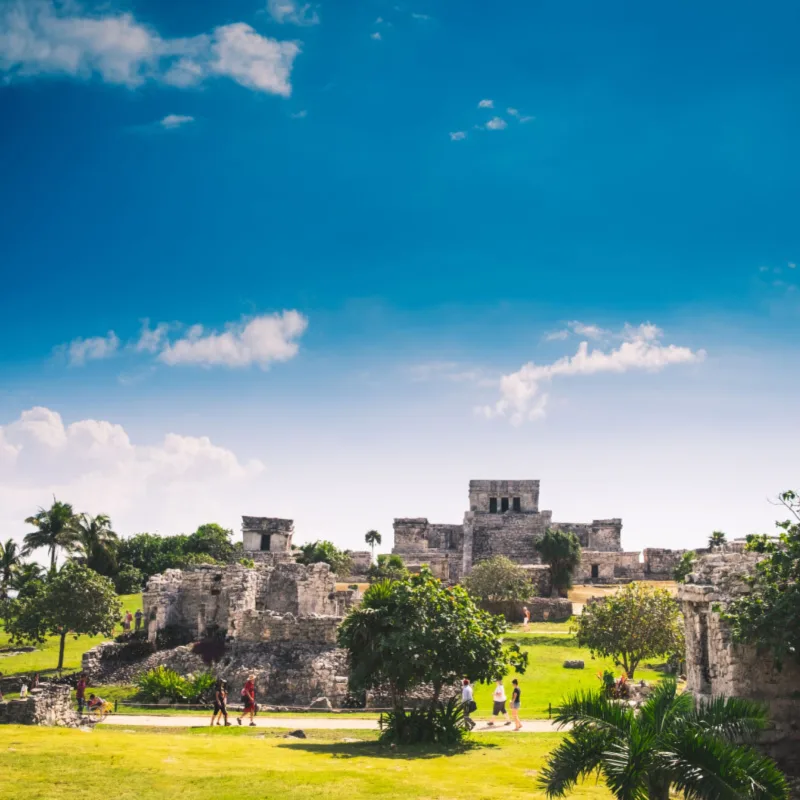Mexico is home to one of the world’s most diverse flora and fauna, and that list includes several venomous species including the Chilean recluse spider. This arachnid is mostly dormant during the spring and more active during the warm and wet summer months. Although bites are rare, they can occur without warning and visitors should take precautions when staying in certain areas. Here are the top things to know about the Chilean recluse spider and what to do if bitten by one.

The Yucatan Peninsula, where Quintana Roo and Cancun are located, is home to at least 175 species of spiders. As summer kicks off amid record-breaking tourist arrivals in Canun, visitors are more likely to run into one of Mexico’s most venomous spiders, the Chilean recluse. Around 200 people are bitten by the spider each year in Mexico, with several high-profile deaths reported. As temperatures and precipitation increase, the Chilean recluse becomes more active and ventures outdoors to hunt.

Measuring between 8 to 30 millimeters, this brown to the grey colored spider is easily identifiable thanks to a violin-shaped spot on its abdomen and is known locally as ‘the violinist spider’ (arana violinista). A highly venomous species, its potent venom is capable of dissolving tissues and damaging vital organs such as the kidneys, lungs, and liver.

The spider can be found in several ecosystems across Mexico. Fortunately, it is rarely present indoors, although in some cases it may venture into homes during nighttime when it is most active. During the daytime, it hides in dark and protected outdoor areas, such as caves or rocky terrain. The rain season, which begins in June and ends in October, is ideal for the brown recluse, which is why most sightings happen during that period.

There are several important tips to keep in mind if you want to avoid encountering one in its natural habitat. First and foremost, when on an outdoor excursion, stick to clear paths and avoid venturing into untouched nature. Another good tip is to steer clear of dry and secluded areas where the creepy crawler may be found hiding.

Meanwhile, the Mexican National Institute for Health (ISEM) recommends taking preventive measures when staying indoors. One simple trick is to check all clothing articles, such as socks and shoes, before getting dressed. Moreover, routinely cleaning dry and dusty places such as closets and underneath gas cylinders helps prevent their appearance.

What To Do If You Are Bitten By The Chilean Recluse Spider
Although rare, a bite from the venomous brown recluse can damage organs and in severe cases may lead to death. Its powerful enzymes are so strong that they can cause decay and destroy tissue. Time is of the essence when it comes to spider bites, and it’s no different with the Chilean recluse. The first 24 to 48 hours proceeding a bite are the most critical. If you are bitten, call 911 immediately and report your whereabouts. The initial symptoms of a Chilean recluse bite include redness and inflammation around the bite area, but symptoms rapidly worsen.

Thanks to recent medical breakthroughs, antivenom has become increasingly available, but it needs to be administered as soon as possible. Hospitals now have a range of treatment options for Chilean recluse bites, and doctors can administer antihistamines, antivenom, or anti-inflammatory drugs to treat symptoms. Many affected individuals confuse the bite of a brown recluse for other ailments, so it’s important to get checked even if you suspect having been bitten by one.
Plan Your Next Cancun Vacation:
Traveler Alert: Don’t Forget Travel Insurance For Your Next Trip!
Choose From Thousands of Cancun and Riviera Maya Hotels, Resorts and Hostels with Free Cancellation On Most Properties
↓ Join the community ↓
The Cancun Sun Community FB group has all the latest travel news, conversations and tourism Q&A’s for the Mexican Caribbean

Subscribe to our Latest Posts
Enter your email address to subscribe to The Cancun Sun’s latest breaking news affecting travelers, straight to your inbox.
